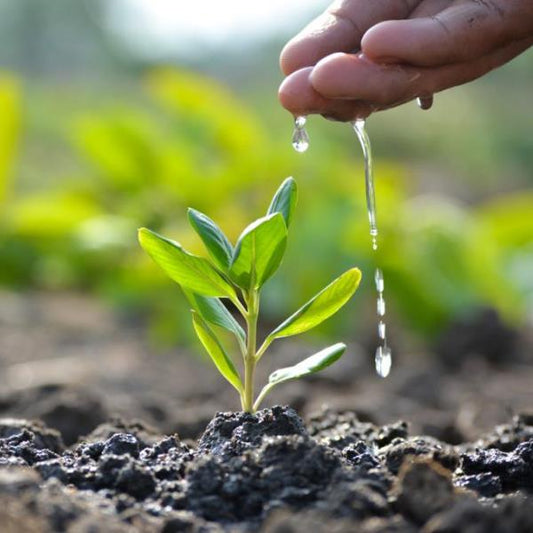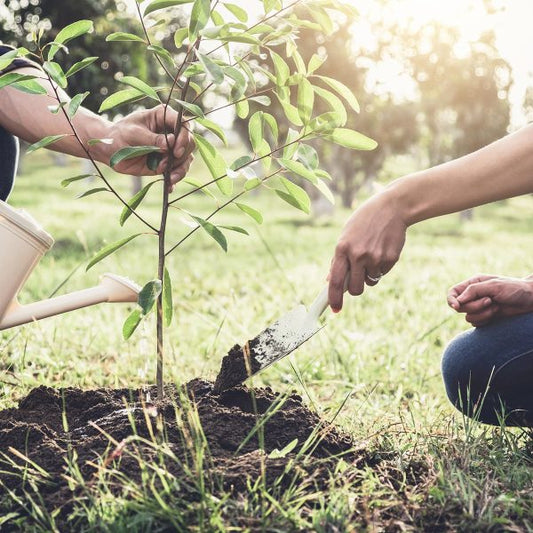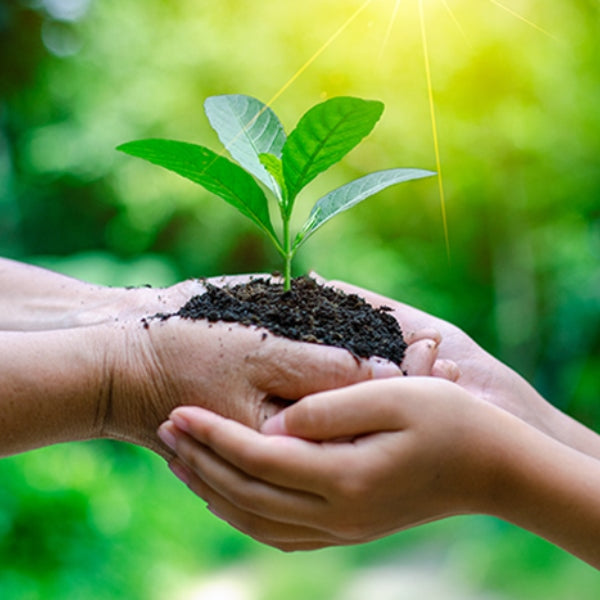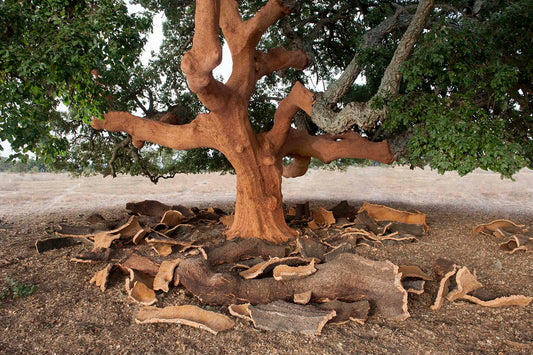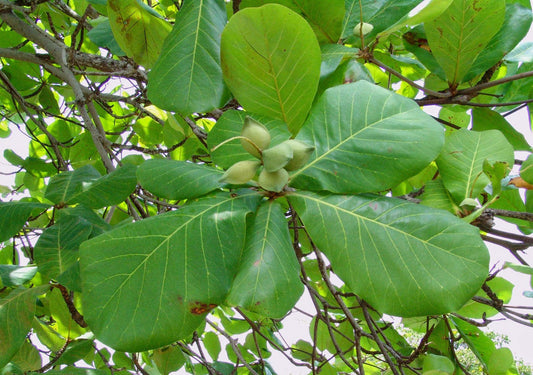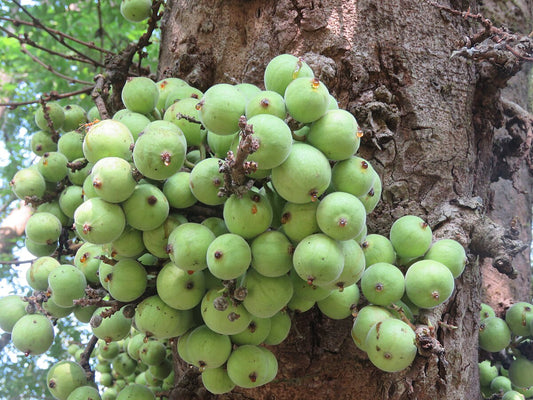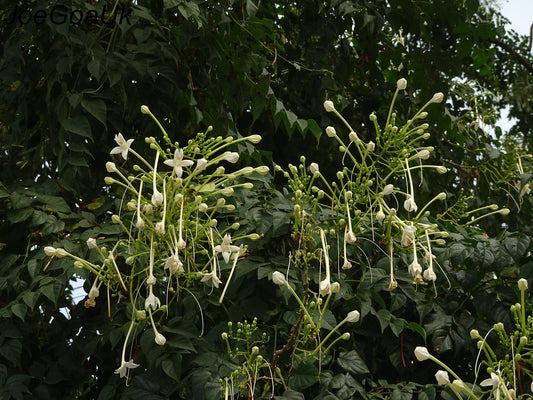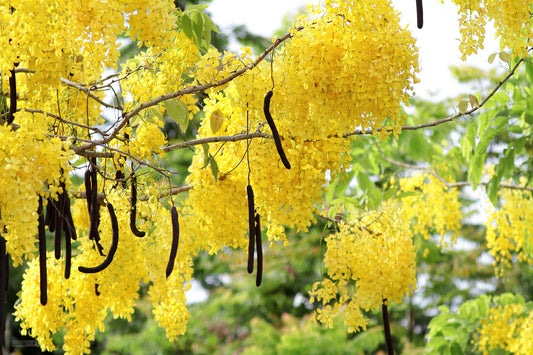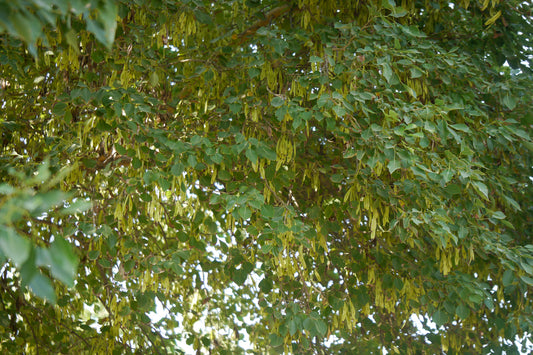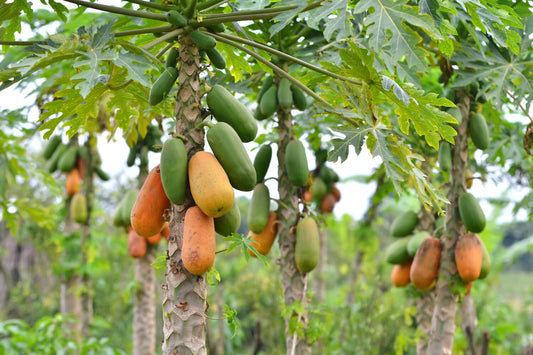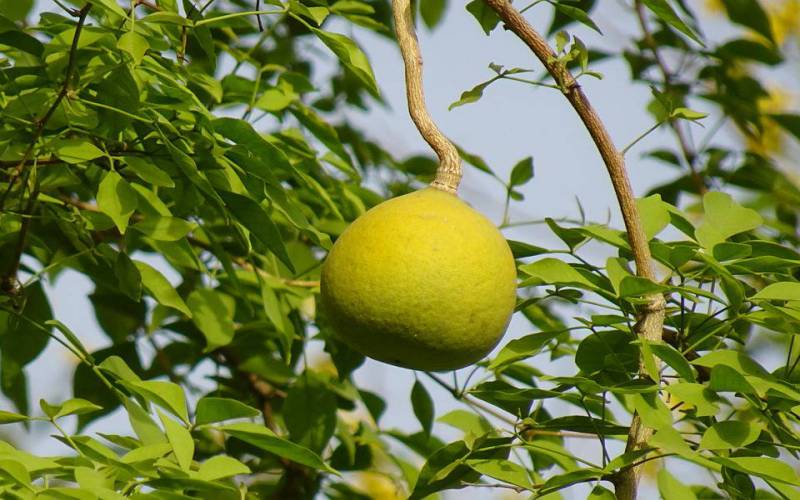

In the enchanting realm of botanical treasures, the Bael Tree, scientifically known as Aegle marmelos or Bael, stands as a nurturing presence in nature and a symbol of cultural richness. This revered tree, with its distinctive leaves and aromatic fruits, not only contributes to the natural tapestry Read more
Trending
Trees for Corporates
Bael Tree
In the enchanting realm of botanical treasures, the Bael Tree, scientifically known as Aegle marmelos or Bael, stands as a nurturing presence in nature and a symbol of cultural richness. This revered tree, with its distinctive leaves and aromatic fruits, not only contributes to the natural tapestry but also holds profound cultural significance. Join us on a journey through the captivating world of the Bael Tree, exploring its historical eminence, ecological contributions, and enduring cultural resonance.
Common Name and Scientific Name: The Bael Tree, commonly referred to as Bael, embodies a harmonious blend of nature's bounty and is scientifically identified as Aegle marmelos. Its aromatic fruits and medicinal leaves make it a cherished and distinctive inhabitant of diverse landscapes.
Description: The Bael is a deciduous tree with notable features, including serrated leaves and round, woody fruits. Its bark has a distinctive fragrance, adding to the tree's unique character. The Bael's presence in various ecosystems is marked by its lush foliage and aromatic allure.
Habitat and Distribution: Native to the Indian subcontinent, the Bael Tree thrives in a variety of climates, from arid to subtropical regions. Its adaptability and resilience make it a valuable contributor to the biodiversity of its native habitats.
Cultural and Historical Significance: The Bael Tree holds deep roots in cultural and historical narratives, finding mention in ancient texts like the Puranas and Ayurvedic scriptures. Revered in Hinduism, the Bael is associated with Lord Shiva, and its leaves are considered sacred, often used in religious rituals.
Ecological Importance: Beyond its cultural prominence, the Bael Tree plays a crucial role in ecological balance. Its leaves provide a natural habitat for insects, and the aromatic fruits attract various wildlife, contributing to biodiversity. The Bael's adaptability to different climates enhances its role in maintaining environmental harmony.
Symbolism and Cultural Uses: The Bael Tree symbolizes purity, divinity, and medicinal wisdom. Its presence in religious ceremonies, especially during festivals like Shivratri, highlights its symbolic importance. The Bael's fruits and leaves are used in traditional Ayurvedic medicine, showcasing its cultural and holistic significance.
Conservation and Cultivation: While the Bael Tree is not currently endangered, sustainable cultivation practices and conservation efforts are crucial. Raising awareness about the Bael's ecological and cultural importance ensures the preservation of this botanical gem.
Conclusion
In conclusion, belpatra stands as a symbol of cultural heritage, ecological resilience, and holistic well-being in India. As we continue to unravel its mysteries and harness its potential, belpatra remains a timeless treasure of the natural world, offering a multitude of benefits for generations to come.
References:
Wikipedia: Aegle marmelos - https://en.wikipedia.org/wiki/Aegle_marmelos
Indian Council of Agricultural Research (ICAR): http://www.icar.org.in
National Horticulture Board (NHB): http://www.nhb.gov.in
ResearchGate: http://www.researchgate.net
You may also like
Corporate Plantations
Belpatra Varieties
Exploring the Diverse World of Bael Leaves - Discover the different types of bael leaves and their unique characteristics, from shapes and sizes to flavors and aromas.
Belpatra Nutrition
Unlocking the Health Secrets of Bael Leaves - Delve into the nutritional profile of bael leaves, including vitamins, minerals, and antioxidants, and learn how they contribute to overall health and well-being.
Belpatra Cultivation
Growing Your Own Bael Leaf Garden - Get expert tips on cultivating bael trees and harvesting bael leaves in your own garden or orchard, whether for personal use or commercial purposes.
Belpatra Recipes
Creative Culinary Adventures with Bael Leaves - Explore innovative ways to incorporate bael leaves into your culinary creations, from savory dishes to desserts and beverages, and tantalize your taste buds with new flavors.
Belpatra Health Benefits
Harnessing the Healing Powers of Bael Leaves - Uncover the medicinal properties of bael leaves and their traditional uses in treating various ailments, from digestive disorders to respiratory infections and skin conditions.
Belpatra Farming
Tips and Tricks for Successful Bael Leaf Cultivation - Learn essential techniques for successful bael leaf farming, including soil preparation, planting methods, irrigation, and pest management, to ensure a bountiful harvest.
Belpatra Tree Care
Nurturing Your Bael Tree for Optimal Leaf Production - Discover best practices for caring for bael trees, including pruning, fertilizing, and disease prevention, to maintain healthy trees and maximize leaf production.
Belpatra Tea
Savoring the Refreshing Flavor of Bael Leaf Infusions - Indulge in the soothing taste of bael leaf tea and explore its potential health benefits, from aiding digestion to boosting immunity and promoting relaxation.
Belpatra Beauty
Enhancing Your Skin and Hair with Bael Leaf Extracts - Harness the beauty benefits of bael leaf extracts in skincare and haircare products, and experience their moisturizing, anti-inflammatory, and anti-aging properties.
Belpatra Mythology
Exploring the Mythical Tales Surrounding Bael Leaves - Dive into the rich mythology and folklore surrounding bael leaves in various cultures and religions, and uncover the symbolic significance and mystical beliefs associated with this sacred leaf.
FAQ
What are the medicinal properties of bael leaves?
Bael leaves possess numerous medicinal properties, including anti-inflammatory, antimicrobial, antioxidant, and analgesic effects. They are traditionally used in Ayurvedic medicine to treat digestive disorders such as diarrhea, dysentery, and constipation, as well as respiratory ailments like coughs and asthma. Bael leaves are also known to improve heart health, boost immunity, and promote overall well-being.
How do you use bael leaves for medicinal purposes?
Bael leaves can be consumed in various forms for medicinal purposes. One common method is to boil fresh or dried leaves in water to make a decoction, which is then consumed as a herbal tea. Bael leaf powder or extract can also be mixed with honey or water and taken orally. Additionally, bael leaf paste is applied topically to treat skin conditions such as eczema and wounds.
What are the nutritional benefits of bael leaves?
Bael leaves are rich in vitamins, minerals, and antioxidants, making them highly nutritious. They contain vitamin C, vitamin A, calcium, iron, potassium, and fiber, which are essential for maintaining good health. Bael leaves also have anti-inflammatory properties and can help improve digestion, boost immunity, and promote overall well-being.
How do you grow bael trees?
Bael trees can be grown from seeds or saplings in well-drained soil and full sunlight. Regular watering and fertilization are essential for healthy tree growth. Bael trees are drought-tolerant once established and require minimal maintenance.
What are some culinary uses of bael leaves?
Bael leaves are used in various culinary preparations, especially in South Asian cuisines. They are often added to curries, chutneys, and beverages for their distinct flavor and aroma. Bael leaf tea is a popular beverage known for its refreshing taste and health benefits.
Are there any side effects of consuming bael leaves?
While bael leaves are generally safe for consumption, excessive intake may cause constipation or allergic reactions in some individuals. It is recommended to consult a healthcare professional before using bael leaves for medicinal purposes, especially during pregnancy or breastfeeding.
What is the significance of bael leaves in Hindu mythology?
Bael leaves hold great significance in Hindu mythology and are considered sacred to Lord Shiva. They are often offered to Lord Shiva in worship rituals and are believed to symbolize purity, devotion, and spiritual enlightenment.
Can bael leaves be used for skincare?
Yes, bael leaves have antimicrobial and anti-inflammatory properties that make them beneficial for skincare. Bael leaf paste can be applied topically to treat various skin conditions, including acne, eczema, and rashes.
Do bael trees have any environmental benefits?
Bael trees play a crucial role in the ecosystem by providing habitat and food for wildlife. Their deep root system helps prevent soil erosion, while their leaves contribute to organic matter decomposition, enriching the soil.
What are some traditional uses of bael leaves in Ayurveda?
In Ayurvedic medicine, bael leaves are used to treat a wide range of health conditions, including digestive disorders, respiratory infections, and skin ailments. They are also believed to have detoxifying properties and are used in cleansing therapies.
Most Popular
Connect with us
-
👥 Corporates
If you are looking for:
- 🌲 Tree Plantation Events
- 📊 CSR Projects
📧 corporate@growbilliontrees.com
📞 +91 9699723523
💬 WhatsApp (Only): +91 9370599291
🕒 Mon - Sat | 10am - 7pm IST
-
🧩 Tree Plantation NGOs
If you are looking for:
- 💰 Financial Assistance
- 🤝 Operational Support
📧 support@growbilliontrees.com
📞 +91 9699723523
💬 WhatsApp (Only): +91 9370599291
🕒 Mon - Sat | 10am - 7pm IST
-
🌼 Individuals
If you are looking for:
- 👥 Group Tree Plantation Drive
- 🌳 Bulk Tree Plantation
📞 +91 9699723523
💬 WhatsApp (Only): +91 9370599291
🕒 Mon - Sat | 10am - 7pm IST



